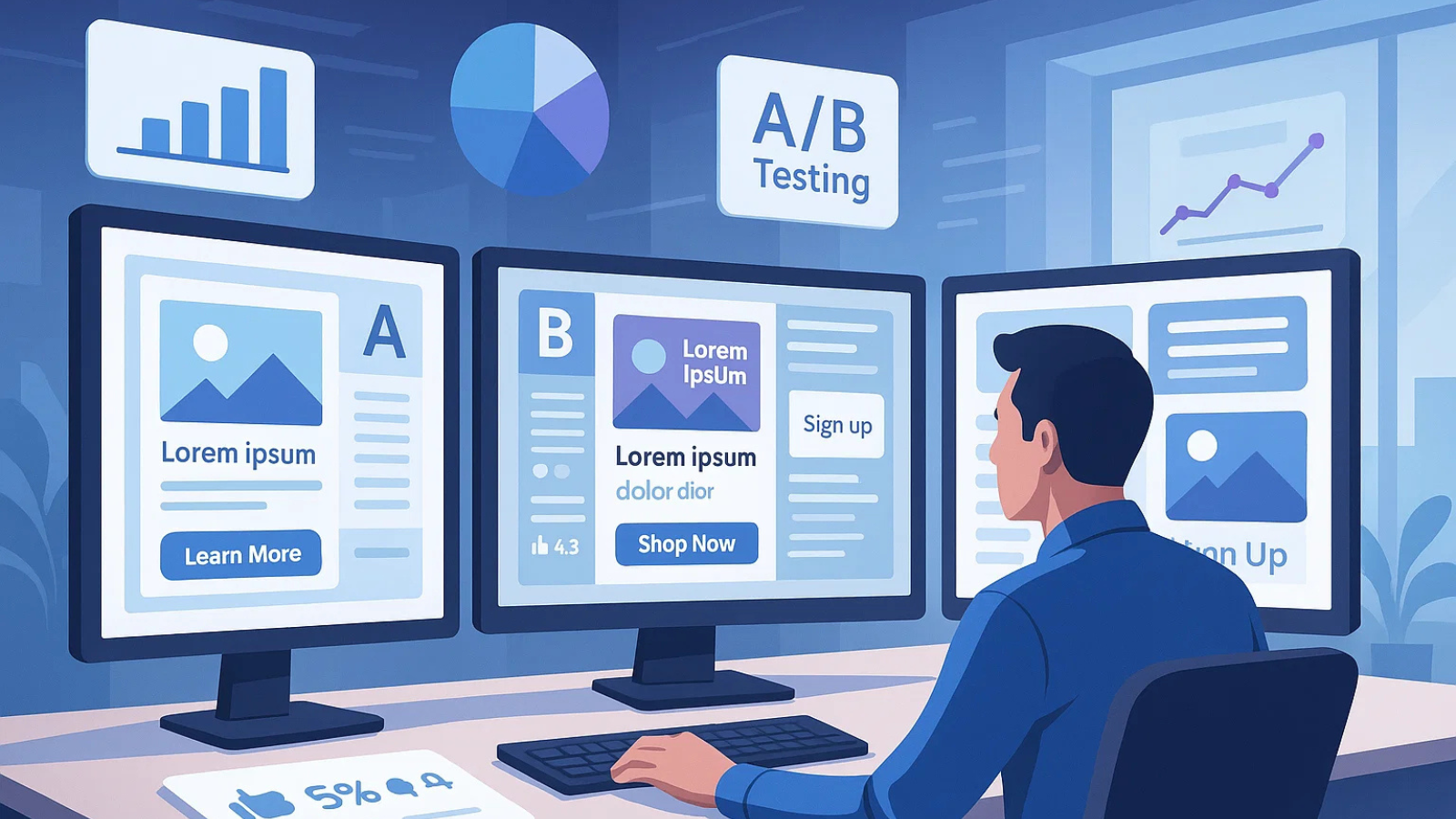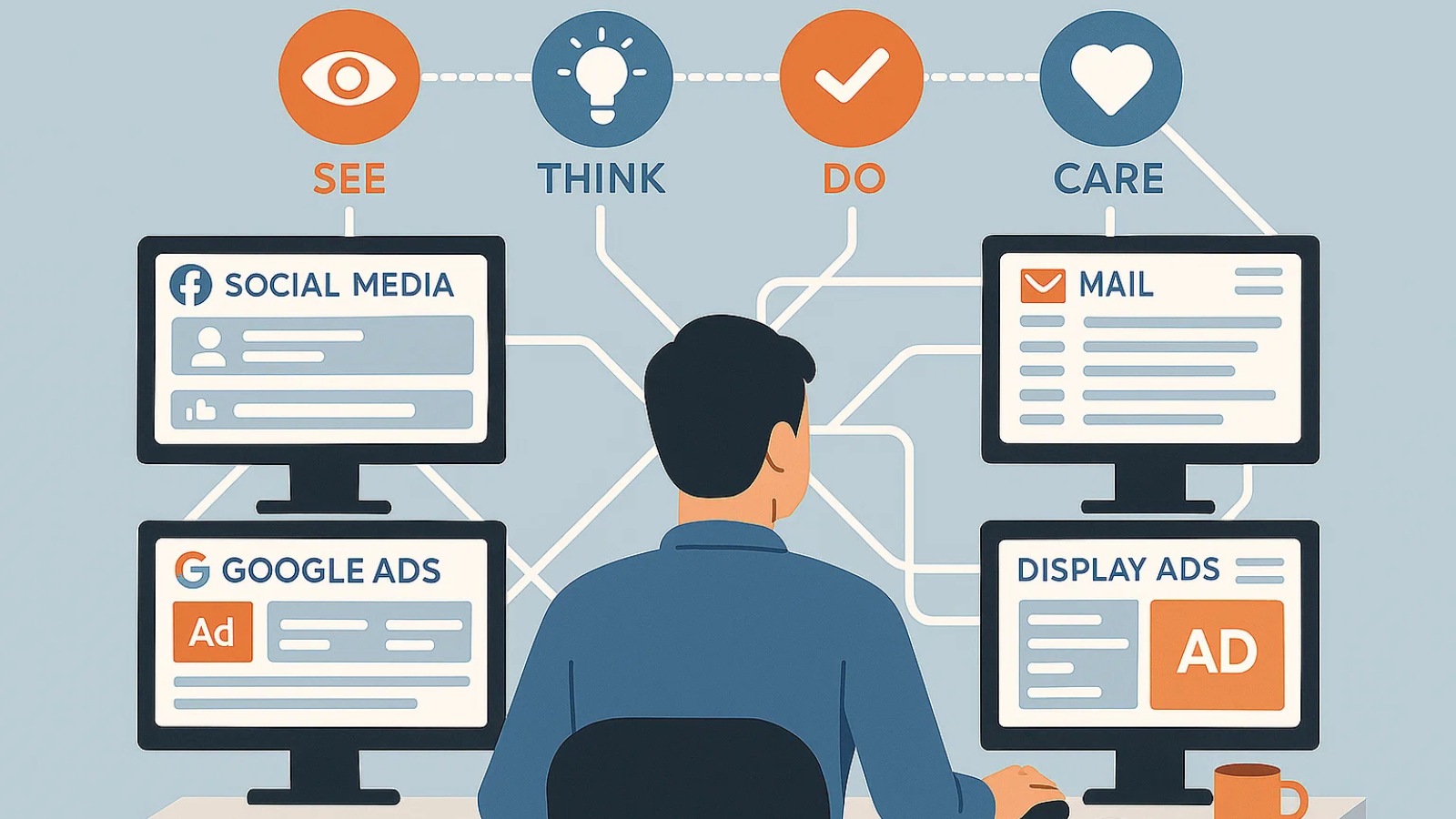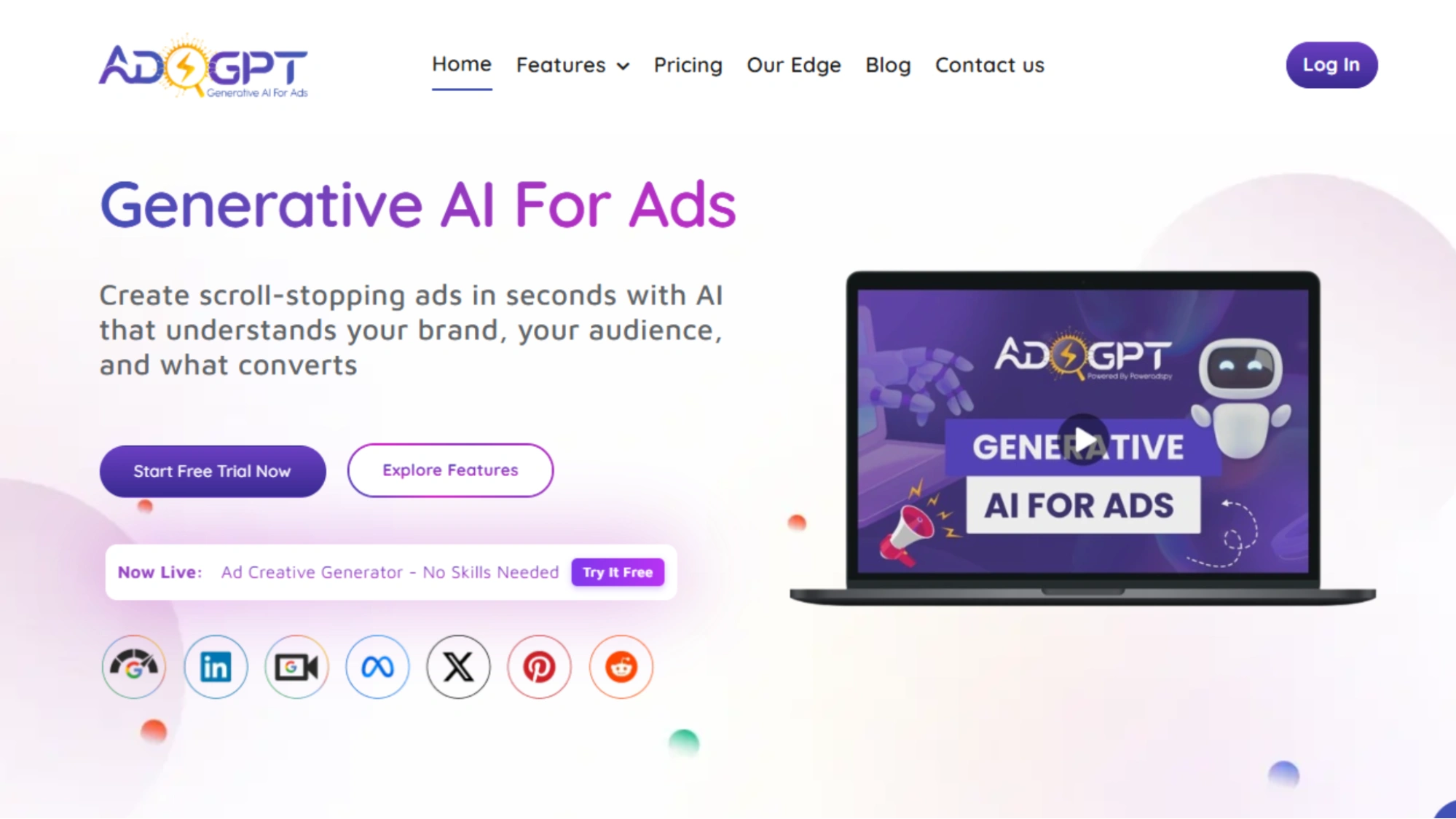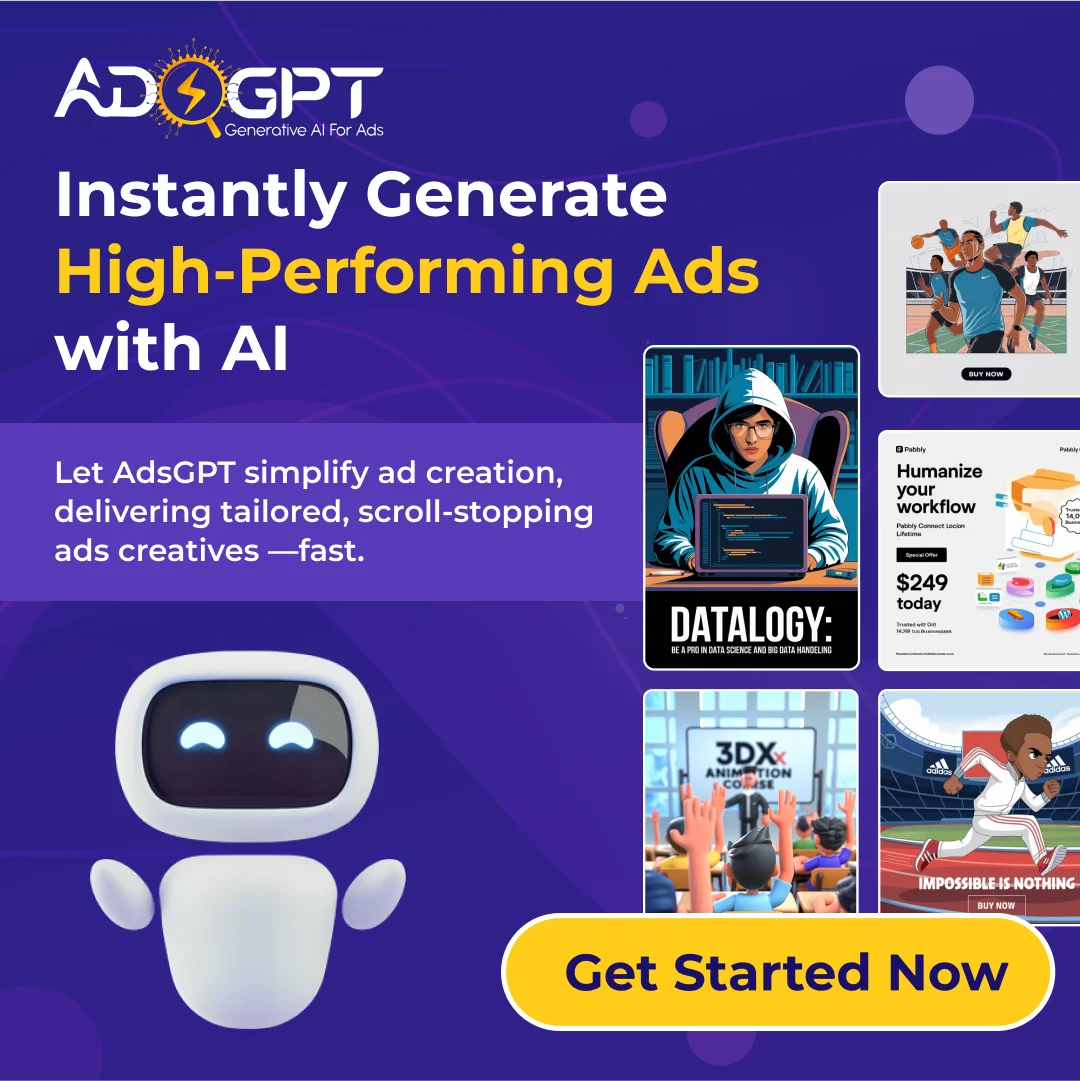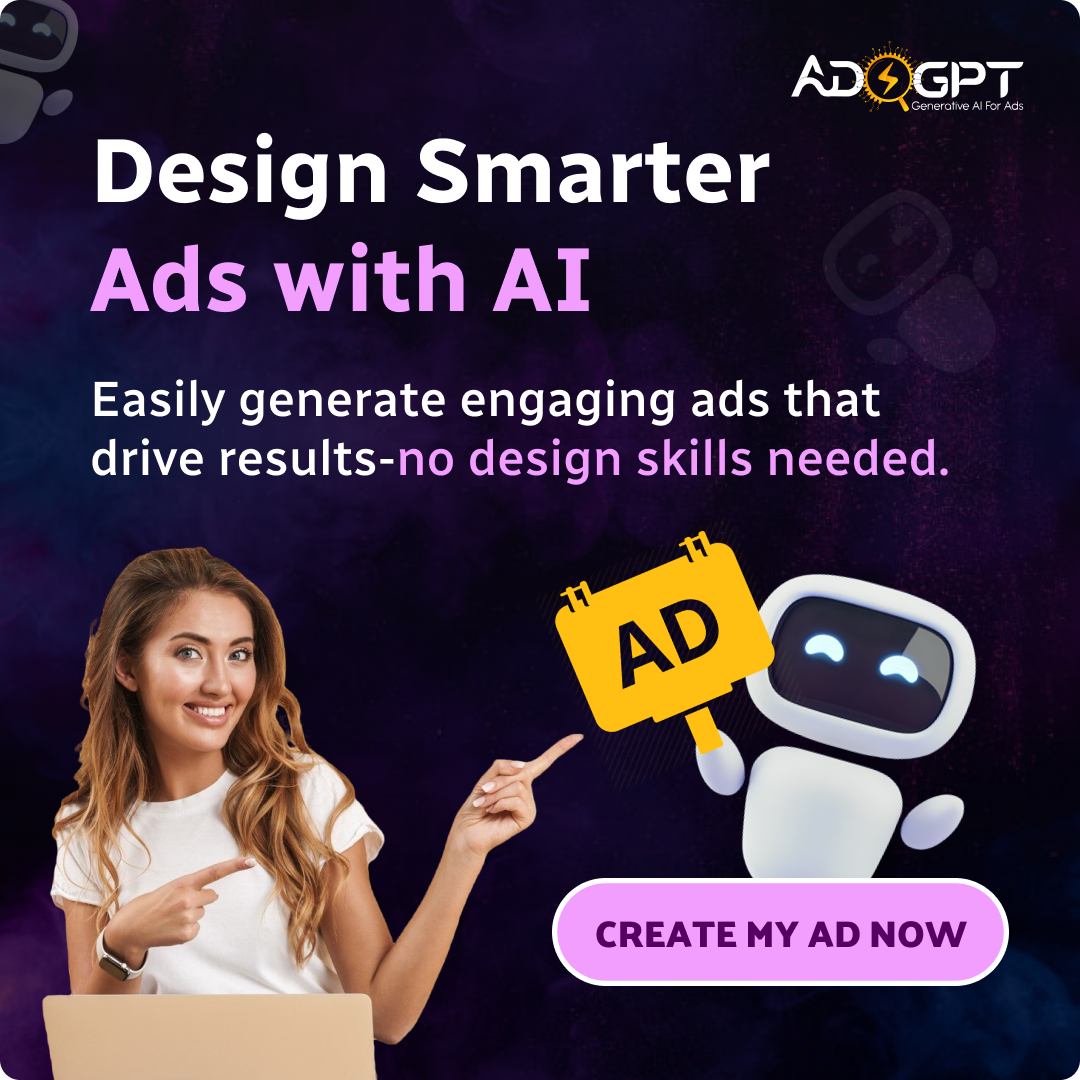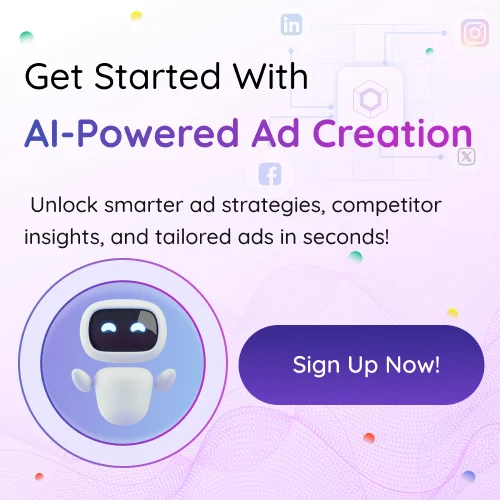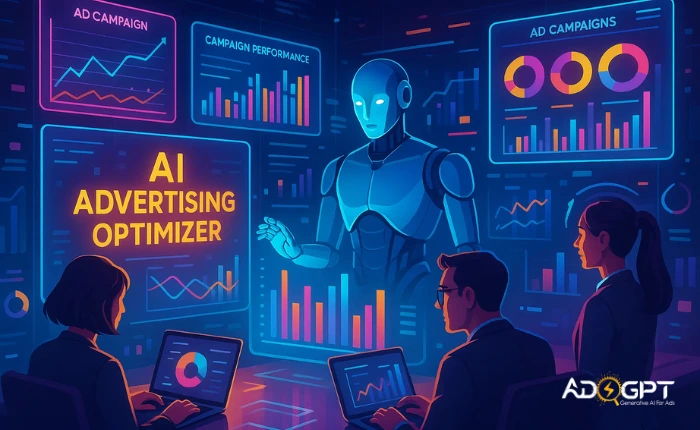
In 2025, businesses are spending billions annually on digital advertising, with North American companies alone projected to invest over $400 billion this year. The digital landscape has evolved rapidly—AI-driven ad targeting, multichannel campaigns, and advanced analytics are now standard.
With this level of investment, every marketer must ensure campaigns are not just running but performing at their peak. Using an advertising optimizer can help you cut wasted spend, improve ad performance, and deliver measurable results that truly prove your value. Whether you’re managing campaigns for a global brand or a boutique agency, optimizing ads effectively in 2025 is key to standing out in a crowded marketplace.
Why Advertising Optimization Matters?
Digital advertising isn’t just a trend; it’s a core business driver. Even as e-commerce continues to grow—projected to account for $5.7 trillion in global sales—offline shopping still holds importance. Many consumers research products online before purchasing in-store, making digital campaigns critical for brand visibility.
Without proper advertising optimization, businesses risk losing both online and offline revenue opportunities. Optimizing campaigns ensures your brand reaches the right audience, conveys a compelling message, and drives measurable conversions. Here are some expert tips to optimize your ad campaigns.
1. Align KPIs With Business Goals
Campaign optimization begins with defining the right metrics. Tracking clicks alone doesn’t tell the full story. Instead, focus on KPIs that reflect your business objectives—like return on ad spend (ROAS), lead generation, or brand lift.
An advertising optimizer should align campaign metrics with broader company goals. For example, high click-through rates are meaningless if those clicks don’t convert into paying customers. Tools like centralized dashboards can consolidate performance data across channels, making it easier to evaluate success.
2. Leverage First-Party Data
With cookie restrictions and privacy regulations becoming stricter, first-party data has never been more valuable. Collect insights from CRM systems, website visitors, and customer lists to refine targeting.
Using advertising monitoring and optimization, marketers can segment audiences more effectively, personalize campaigns, and reduce wasted spend. First-party data provides a reliable foundation for improving ad performance, giving you a competitive advantage in an increasingly privacy-conscious world.
3. Refine Audience Targeting
Audience targeting is a cornerstone of successful campaign optimization. By segmenting your audience based on demographics like age, location, and interests, you can tailor your messaging for maximum impact.
A robust advertising optimizer strategy incorporates:
- Broad targeting: letting algorithms identify potential high-value users.
- Retargeting: capturing audiences who have already shown interest.
- Lookalike audiences: expanding reach to new but similar users.
Retargeting, in particular, boosts ROAS by showing ads to users already familiar with your brand. This approach not only improves engagement but also saves resources by reusing the most effective creatives.
4. Test Creatives and Messaging
Creative fatigue can drastically affect campaign performance. Ads that worked last month might underperform today. Continuous testing ensures your campaigns remain relevant and effective.
Optimization for ad delivery involves A/B testing variations of your ad copy, visuals, and CTAs. Monitor which combinations drive engagement and conversion, and refine campaigns based on real-time performance data.
However, avoid over-optimizing too frequently. Constant changes can disrupt algorithmic learning phases on platforms like Google Ads or Facebook Ads, temporarily reducing performance. Let the data guide strategic adjustments rather than reactive edits.
5. Optimize Landing Pages
An ad campaign is only as strong as the destination it drives traffic to. Landing pages should reflect your ad’s messaging, load quickly, and provide a seamless user experience. Clear CTAs, intuitive navigation, and a visually appealing design contribute significantly to improving ad performance.
A well-optimized landing page ensures visitors convert efficiently, bridging the gap between your digital advertising efforts and tangible business results.
6. Consolidate Your Ad Accounts
In the past, marketers ran multiple campaigns targeting specific audience segments. Today, algorithms perform better with consolidated data. Fewer, high-volume campaigns allow platforms to optimize ad delivery more efficiently.
By consolidating accounts, you enable advertising monitoring and optimization tools to gather meaningful insights faster. This approach reduces complexity, saves time, and helps focus on strategies that deliver results rather than tracking countless micro-campaigns.
7. Focus on What Works
Successful campaign optimization requires prioritization. Not all campaigns or ad sets will perform equally, so it’s crucial to allocate budgets toward high-performing initiatives.
Differentiate between vanity metrics (like impressions or social shares) and actionable metrics (like conversions and revenue). Only track KPIs that provide insights into tangible business value.
A top-tier advertising optimizer emphasizes data-driven decision-making, ensuring resources are spent on campaigns that genuinely improve ad performance.
8. Adopt a Multichannel Approach
Consumers encounter brands across multiple touchpoints before making a purchase. A multichannel strategy allows you to reinforce messaging across platforms, from social media to Google Ads.
Following frameworks like See-Think-Do-Care, your campaigns can guide prospects through awareness, consideration, purchase, and loyalty phases:
- See: Introduce your brand to a broad audience.
- Think: Engage users considering a purchase.
- Do: Encourage conversions for interested buyers.
- Care: Foster loyalty through post-purchase engagement.
By leveraging multiple channels, you maximize reach, improve ad performance, and make your campaigns more resilient to platform-specific changes.
Also Read!
6 Hacks To Optimize Your Ads With AI PPC Campaign Builder
How To Make Viral Ugc Ads With The Power Of AI?
How an Advertising Optimizer Can Transform Your Campaigns?
Implementing these tips requires continuous monitoring and adjustment. Modern advertising optimizer tools provide real-time insights into campaign performance, helping marketers:
- Track metrics across channels.
- Adjust bids, budgets, and targeting dynamically.
- Test creatives efficiently to combat creative fatigue.
- Ensure consistent messaging across campaigns.
With these capabilities, advertisers can demonstrate clear ROI, justify ad spend, and optimize for business outcomes rather than just clicks.
While traditional advertising optimization strategies are essential, 2025 has brought a new era of AI-driven tools that take campaign performance to a whole new level. One standout solution is AdsGPT, which combines advanced analytics, AI-generated creatives, and real-time optimization to help marketers maximize every dollar spent
AdsGPT – AI-Powered Advertising Optimization for 2025
AdsGPT is an AI-powered ad generator tool designed to revolutionize how digital campaigns are managed. It streamlines campaign optimization by automating key tasks, offering data-driven insights, and continuously improving ad delivery.
Key Benefits of AdsGPT:
- AI-Generated Ad Creatives: Quickly produce multiple ad variations with persuasive copy and visuals tailored for your target audience.
- Predictive Targeting: Leverages first-party and behavioral data to find high-intent users and optimize for ad delivery.
- Real-Time Monitoring and Adjustments: Continuously tracks campaign performance and automatically suggests changes to improve ad performance.
- Multichannel Optimization: Ensures your campaigns perform effectively across social media, search engines, and display networks.
With AdsGPT, marketers can focus more on strategy while the AI handles the heavy lifting. This reduces wasted ad spend, improves ROI, and ensures campaigns stay ahead in the competitive 2025 digital landscape.
Final Thoughts on Campaign Optimization
Optimizing ad campaigns is no longer optional; it’s essential for marketers aiming to maximize ROI. By aligning KPIs with business goals, leveraging first-party data, refining audience targeting, testing creatives, optimizing landing pages, consolidating accounts, focusing on high-performing campaigns, and adopting a multichannel approach, you can fully maximize the impact and effectiveness of your advertising campaigns.
By combining traditional strategies with AI tools like AdsGPT, marketers in 2025 can achieve smarter campaign optimization, improved ad performance, and measurable results faster than ever. The right advertising optimizer empowers marketers to make strategic decisions based on data, improve ad performance, and achieve measurable results that prove the value of every dollar spent. With these strategies in place, you’ll not only enhance your campaigns but also position your brand for long-term success..
Frequently Asked Questions (FAQ)
- What is an advertising optimizer?
An advertising optimizer is a tool or strategy that helps marketers improve the performance of their ad campaigns. It focuses on campaign optimization, targeting the right audience, improving ad delivery, and maximizing ROI. Modern AI-powered solutions, like AdsGPT, can automate much of this process. - Why is advertising optimization important in 2025?
With billions spent on digital advertising every year, advertising optimization ensures your campaigns reach the right audience, reduce wasted spend, and improve ad performance. Optimized campaigns deliver measurable results, proving the value of every dollar spent. - How can AdsGPT help improve ad performance?
AdsGPT uses AI to generate ad creatives, predict audience behavior, and monitor campaigns in real-time. This ensures efficient optimization for ad delivery, better targeting, and higher ROI with minimal manual effort. - What are the key steps in campaign optimization?
Effective campaign optimization involves aligning KPIs with business goals, leveraging first-party data, refining audience targeting, testing creatives and messaging, optimizing landing pages, consolidating accounts, focusing on what works, and adopting a multichannel approach. - Can AI tools replace human marketers for advertising optimization?
AI tools like AdsGPT enhance human efforts by automating repetitive tasks, providing data-driven insights, and suggesting optimizations. However, strategic decision-making, creative direction, and brand storytelling still require human expertise.


